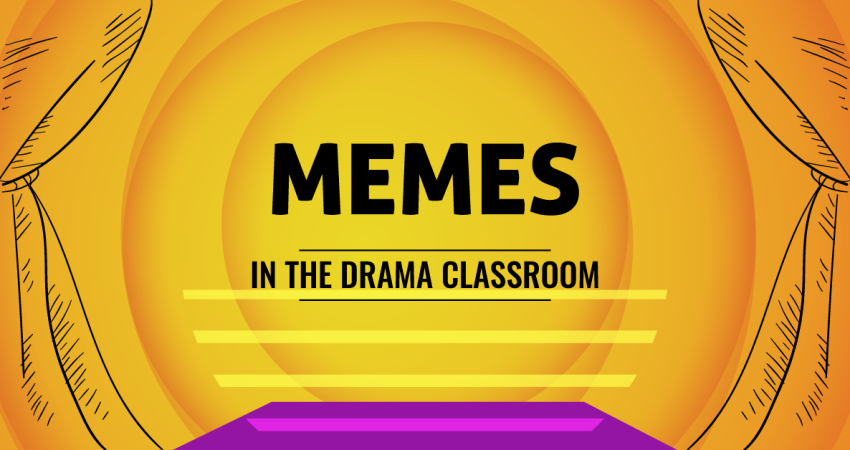If you’ve spent about 3.1 seconds on the internet, you’ll have come across a meme. If you’ve seen or heard of Grumpy Cat, Condescending Wonka, Surprised Pikachu, Woman Screaming at a Cat, or Ermahgerd Girl, these are all long-standing and well-known memes. New memes appear every day – at the time of writing, a Google search for “theatre memes” returned 17.9 million results. Memes have become so widespread that there is even a series of card games called “What Do You Meme”. (And in case you’ve been living under a rock, it’s pronounced “meem,” not “me-me”).
Here is an interesting fact: the word “meme” is a derivative of the word memetics and the Greek word mime, meaning “imitated”. British biologist Richard Dawkins introduced the word meme in his 1976 book The selfish gene, as an attempt to explain how ideas reproduce, change and grow. The official dictionary definition of “meme” is “a funny or interesting article (such as an image or video with captions) or a genre of articles that is widely shared online, especially through social media.” It’s interesting to see how the meaning of the word has evolved!
Most old memes started on forums like Reddit, but have since moved to places like Instagram and TikTok. Your students can undoubtedly introduce you to the current meme trends as they are always changing. Memes aren’t going anywhere though, so why not harness the power and hilarity of memes and use them as inspiration for drama class activities? Here are 10 ideas for using memes in the theater.
1. Make a collection of your favorite drama/theatre memes and display them on your classroom wall. You can also use them to decorate yourself the door of the drama theater.
2. When studying a play, ask students to find memes related to it. (For example, a Google search for “Romeo and Juliet memes” returns almost 2.3 million results.) Analyze where they come from in the play. Do they make sense? How could someone modify them to make them funnier or more accurate?
3. Create a meme (or series of memes) using a current meme trend, either related to your classroom or a play you’re studying. If you have a school social media account, share them!
4. Choose a character from a play or musical. Find five memes that describe or refer to that character. Use these memes to make a character description presentation, either as a video compilation or a moodboard. Why did the students choose who they did?
5. Make a tableau scene where students recreate a popular meme on stage.
6. Do ABC drama class project using memes related to drama and theater to illustrate the ABCs.
7. Write a scene where the characters refer to a meme at some point during the interaction. How can students incorporate memes without making it obvious or awkward?
8. Write a scene where characters from different memes meet. For example, Ridiculously Photogenic Guy meets Kermit Sipping Tea. How would they meet? What would they talk about? What do they have in common?
9. Write an origin story for a meme character. Where did they come from? What are their likes and dislikes? How did they become the person they are in the meme?
10. Write a monologue from the perspective of the person/object in the meme.
Bonus Activity: Share memes that were popular when you were your students’ age. (For example, the first viral meme is considered to be Dancing Baby, which appeared in 1996!) How have memes evolved and changed since then?
Click here for exit questions related to memes.
Kerry Hishon is a director, actor, writer and stage fighter from London, Ontario, Canada. She blogs at www.kerryhishon.com.
Want to learn more about our newest pieces, resources, and giveaways?
Get on our list!

